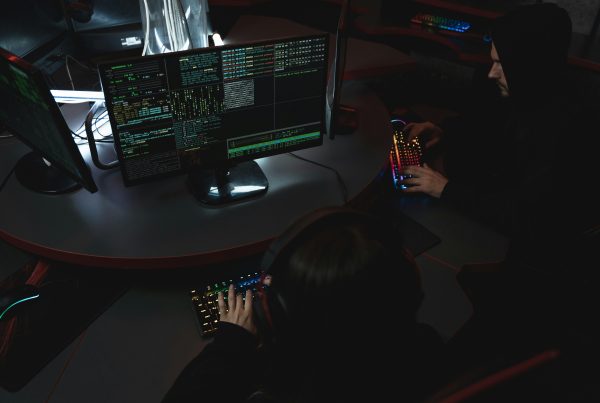Table of Contents
What cyber threats is the construction industry facing? What are the challenges facing the construction industry? And above all, what are the solutions to guarantee the security of their IS?
More and more of the construction industry is investing in connected objects and online tools to improve efficiency. However, this transformation is exposing these organizations to new cyber risks. The increasing digitization of information held by industries and the interconnection of IS multiply the entry points for cyber attackers. In this context, implementing an effective cyber policy is necessary for factories in the spotlight.
Cyber risks for the construction industry: the state of play
Although the construction industry is not the most attacked sector, it is an “easy target” for cybercriminals, according to the UK’s National Cyber Security Center (CERT). This is due to the industry’s high cash flow, the large number of players involved — which encourages fraud attempts — and, above all, the increasing digitalization of several processes, making data more vulnerable.
As a result, the construction industry is seeing the development of new cyber risks, such as:
- Connected objects cause new threats to the security of assets and people ;
- The growing interconnection between different parts of the plant increases the vulnerability of the entire ecosystem ;
- Cyber-attackers more easily target digitalized and delocalized staff.
Read also: Industrial information systems security, what’s at stake?
Construction industries: how to protect yourself against cyber threats?
To counter the growing cyber threats to the construction industry, it is in the industry’s best interests to deploy robust protection measures within their plants.
Secure all IS entry points.
As you can imagine, the proliferation of connected machines and the advent of digitalization are creating multiple entry points for cyber-attackers. Therefore, identifying and securing all IS entry points is a priority for the construction industry. To be truly effective, system protection must be comprehensive and exhaustive.
Regular backups
The risks of data loss, whether due to theft, intrusion, or failure, are many and varied. To guard against them, industries need to set up regular, secure backups.
With this in mind, it is advisable to:
- Choose a reliable, integrated backup medium: external disk, server, cloud… It’s a good idea to set up a redundant backup solution with multiple media to limit the risk of data loss.
- Define backup frequency: depending on the size of the plant, its activity, or its mass of sensitive data.
- Test your backup processes: this step is necessary to ensure the reliability of your data retention solution(s).
Raising employee awareness
Many cyber incidents are caused by human error, which, in turn, is often due to a lack of knowledge or training. To reduce these risks, educating and training all industrial organization players in good security practices is essential. Three categories require particular attention:
- Passwords must be strong, regularly modified, and stored in an encrypted file to prevent usurpation. Using a managed password manager for all personnel is a good practice that CISOs can implement.
- Messaging: name, email address, subject of request, spelling mistakes… For each email, the sender’s identity must be carefully checked before opening any attachments. Otherwise, beware of phishing! Ideally, this individual monitoring should be complemented by a mailbox filtering and monitoring solution administered by the security team.
- Software updates: these must be carried out regularly and across the entire IT estate. Here again, security teams must be able to update the company’s most sensitive machines and assets remotely.
Thinking of cybersecurity as a continuous process
Cybersecurity requires continuous adaptation to new threats and changing practices. Indeed, a “one shot” approach, which consists of putting in place a set of protective measures at a given point in time, will only be practical in the short term. That’s why it’s essential to identify vulnerabilities on an ongoing basis and regularly update protective measures.
Yogosha, a strategic partner for dealing with cyber risks
As a cybersecurity specialist, Yogosha helps manufacturers implement cyber measures to secure their information systems. Thanks to our hand-picked security researchers, the Yogosha Strike Force (YSF), we support you in identifying critical vulnerabilities in your IS through several Offensive Security operations:
- Pentest as a Service: a security audit launched in less than a week for a flat fee. Uncover most of the vulnerabilities in a product and assess its security level at a given point in time, or schedule several pentests throughout your development life cycle as part of a DevSecOps approach.
- Bug bounty: a hunt for in-depth vulnerabilities with the elite hackers of the Yogosha Strike Force. Identify the most critical vulnerabilities on a pay-per-result basis. No vulnerabilities = no expenses, you only reward exploitable results.
Thanks to our dedicated platform — available as SaaS or Self-Hosted — you can manage all your operations and centralize your vulnerability management strategy.
With Yogosha, get a solution tailored to your cyber maturity, objectives, and budget to regain control of your cybersecurity.




